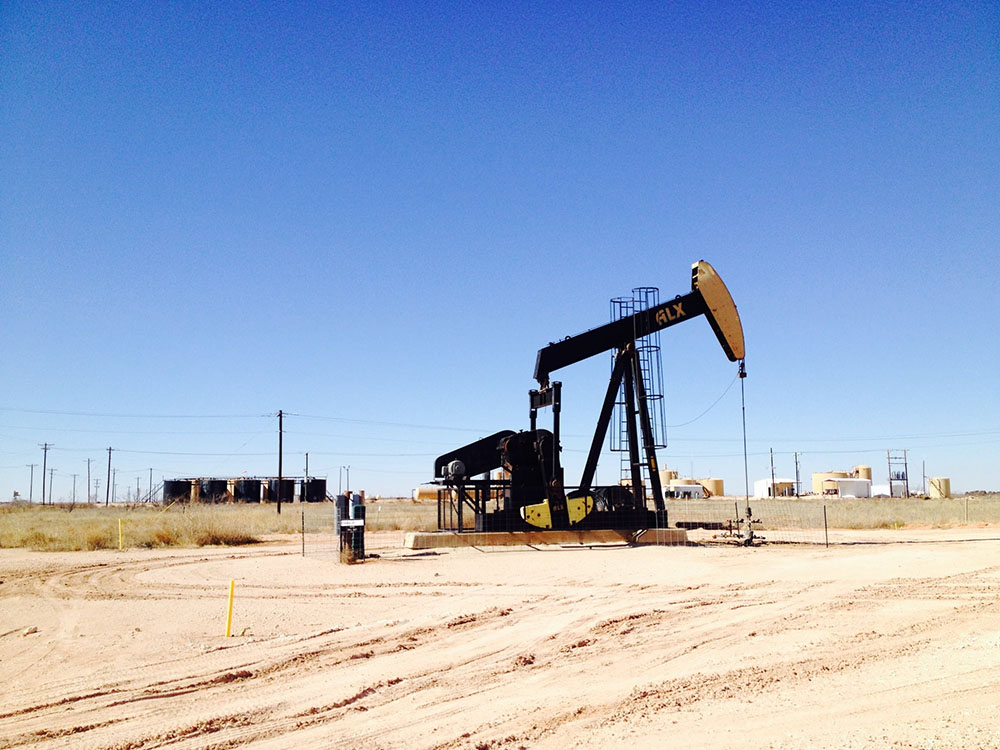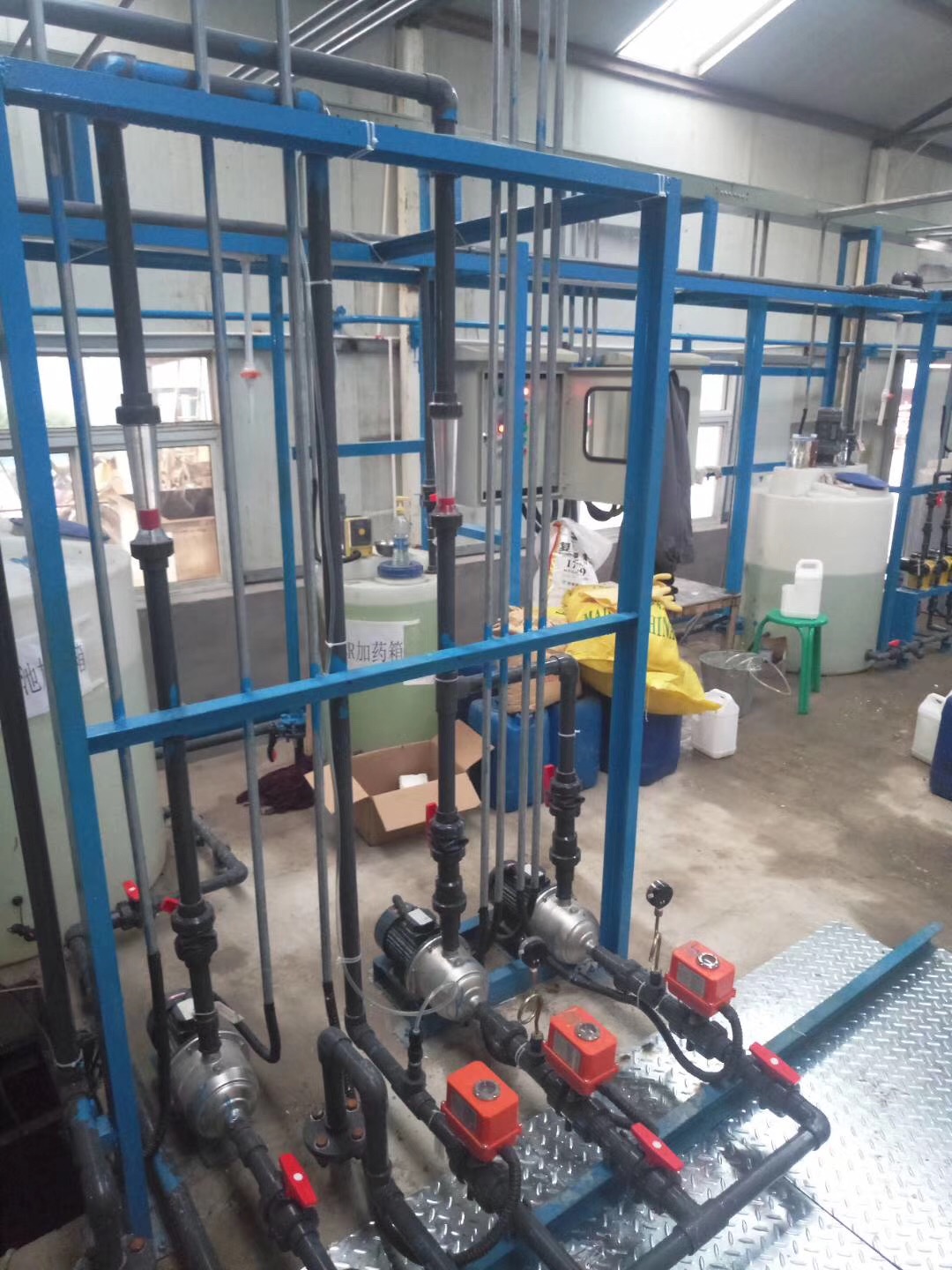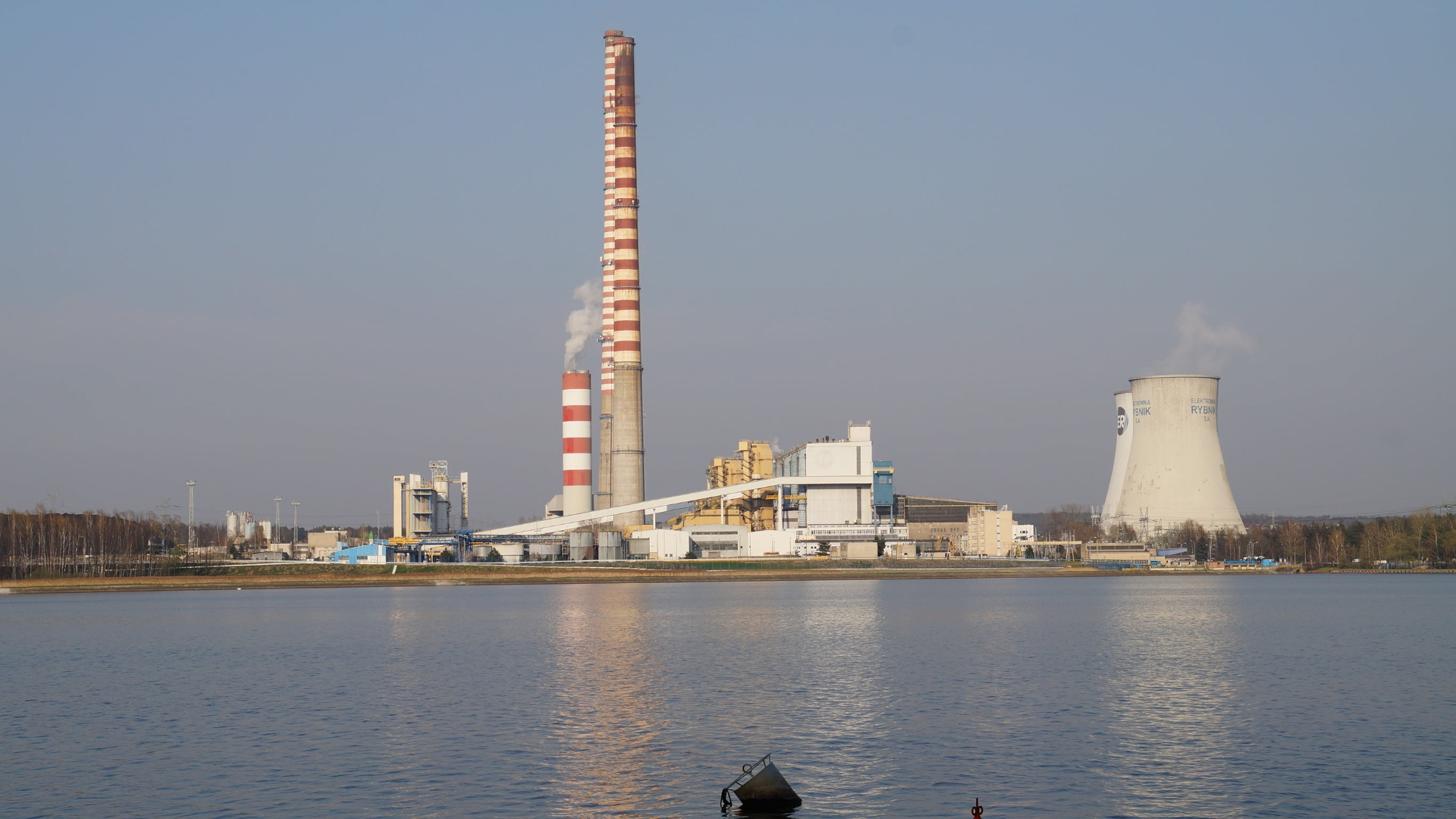生化膜反应器12-scaled.jpg)
Zero discharge treatment (ZLD) solution for coal chemical wastewater
I. Project Background and Objectives The coal chemical industry generates a large amount of wastewater in its production process, which contains high concentrations of inorganic salts, organic matter, ammonia nitrogen and other pollutants, posing a serious threat to the environment. In order to achieve clean production and environmental protection, a










